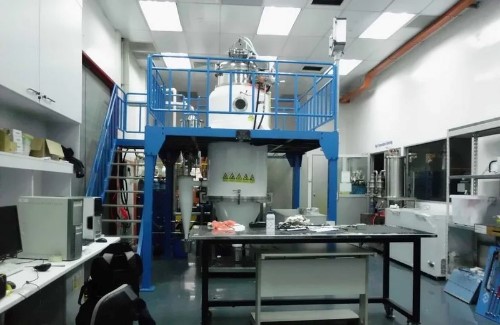Solar jet: Kerosene from the Sun
The European Union funded a project that was to synthesize jet fuel from the sun. The project was christened SOLAR-JET. It worked and the first sample ever of “solar” jet fuel has proved to be a viable project after all.
The process to obtain the fuel involves using concentrated sunlight to change a mixture of water and carbon dioxide into a ‘synthesis gas’ (syngas). The components are passed through metal-oxide based-materials at high temperatures thus causing a redox cycle. The syngas (carbon monoxide and hydrogen combined) is then subjected to commercial Fischer-Tropsch technology to turn it into kerosene.
It is an actual step towards sustainable fuels because there will always be feedstock (raw materials). Other research institutions have embarked on the search for fuel using a concentrated solar energy and a thermochemical pathway. Due to that, a solar reactor technology has been introduced for the production of liquid hydrocarbon fuels that would sustain the transport industry.
Professor Aldo Steinfeld, the leader of the fundamental research and development of the solar reactor at ETH Zurich, said that the solar reactor technology boasts improved radiative heat transfer and very fast reaction speeds, which are both very important for increasing the efficiency with which solar energy is converted to actual fuel.
The processing of syngas using the redox cycle and driven by solar power is still in the early developmental stages but the conversion of syngas to kerosene has already garnered interest. Companies like Shell and others have chosen to adopt it on a global scale.
The producers and distributors coming together will drive innovation even faster and provide sustainable production. The industry will also be able to grow and a constant supply of renewable aviation fuel and other fuels required in the transport industry will be assured. Kerosene produced using the Fischer-Tropsch technology has also already been permitted for commercial aviation use.
Professor Hans Geerlings from Shell stated that the individual steps had been of this process had been tried out before but never got to be properly integrated from beginning to end. He also said that they were looking forward to joining hands with other partners for research and further development of the technology.
This process can essentially be used to synthesize other types of fuel for different transport sectors. These include production of fuels like gasoline, diesel or even pure hydrogen but in a method that is definitely more sustainable in the long run, ensuring a better future.









